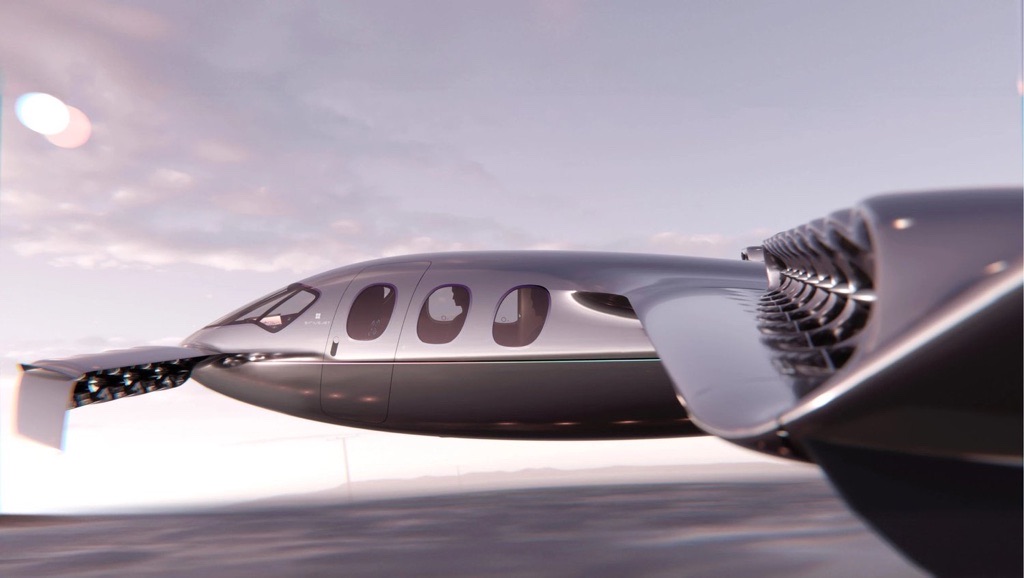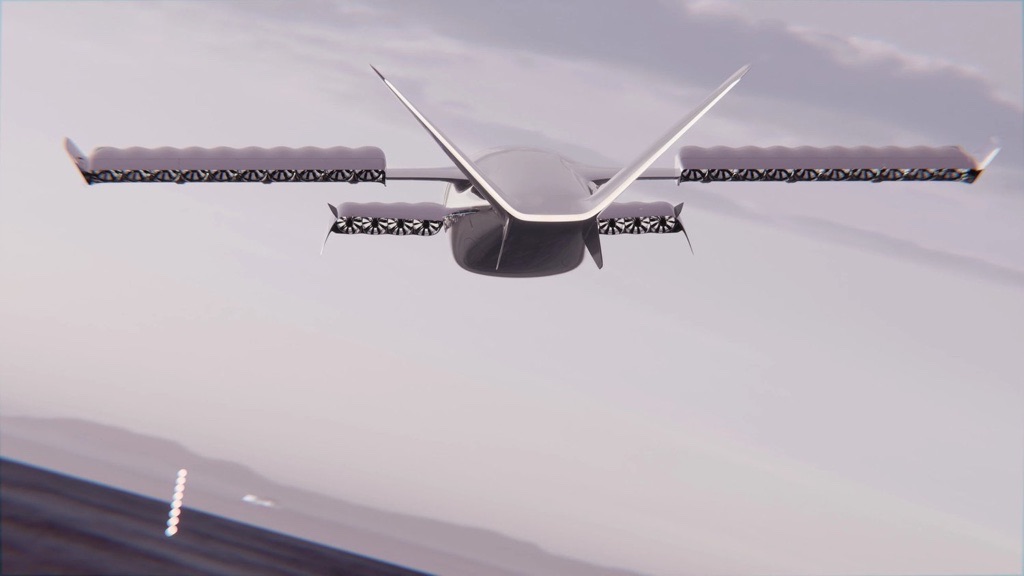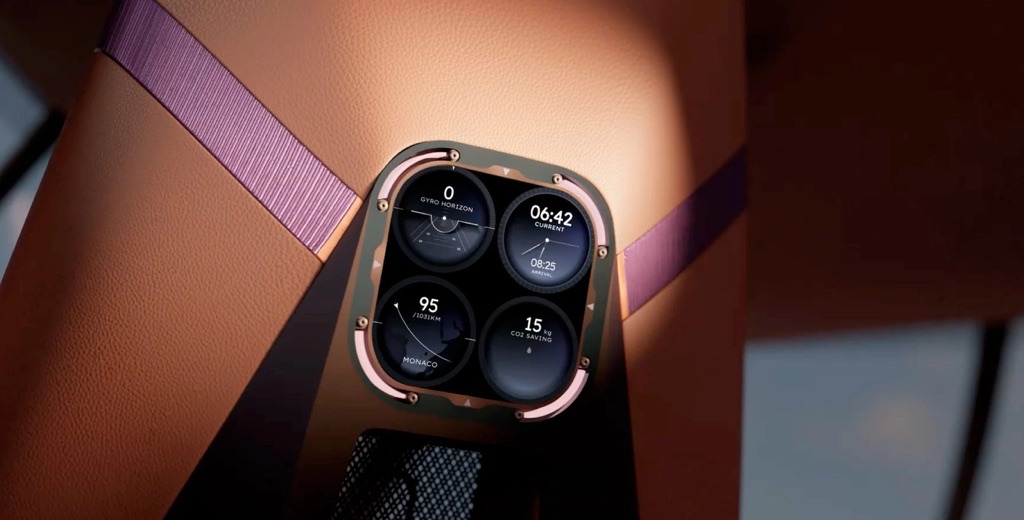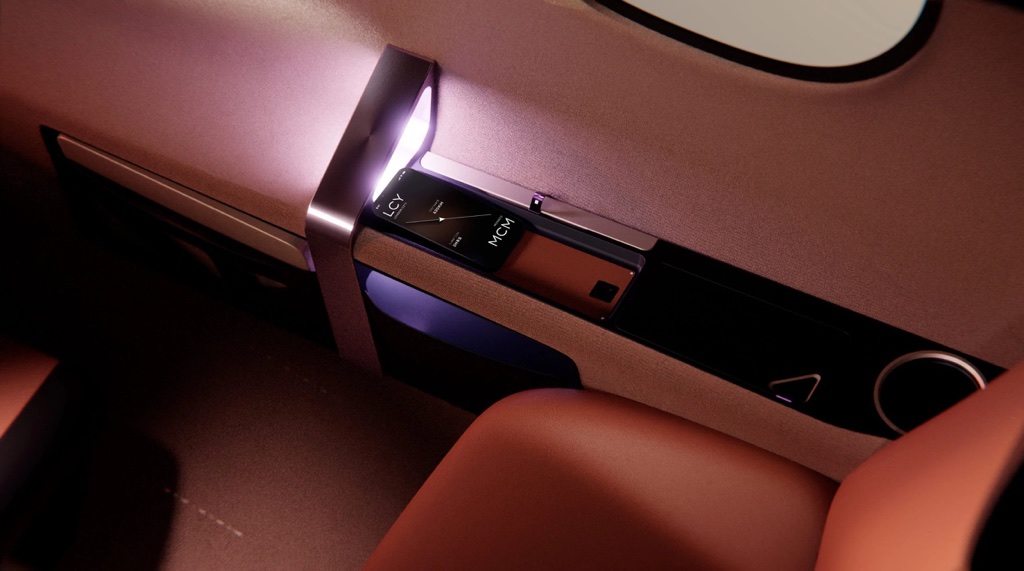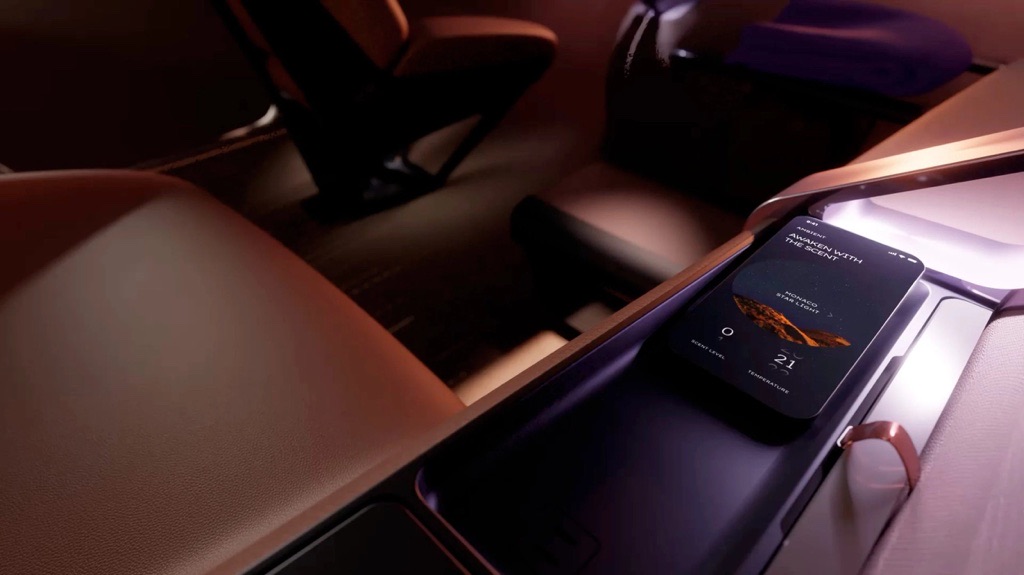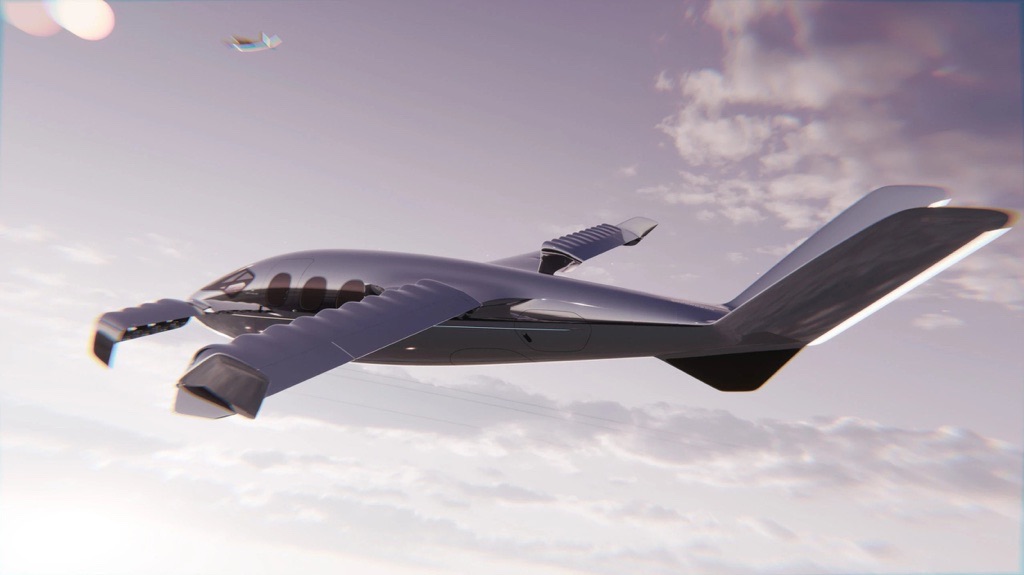
In the rapidly evolving world of electric transportation, a Swiss company is making waves with an ambitious claim that could revolutionize the aviation industry. Sirius Aviation has unveiled their CEO Jet, a hydrogen-powered electric Vertical Take-Off and Landing (eVTOL) aircraft that promises an astounding 1,150-mile range on a single tank. Let’s dive into this groundbreaking concept and explore what it could mean for the future of air travel.
The CEO Jet: A Glimpse into the Future
Key Features
- Range: 1,150 miles (1,850 km) on a single hydrogen tank
- Speed: Up to 320 mph (515 km/h)
- Propulsion: 28 ducted fans powered by hydrogen fuel cells
- Noise level: Claimed to be quieter than a dishwasher
- Target production date: 2028
The CEO of Jet represents a bold step forward in electric aviation. With its impressive range and speed capabilities, it has the potential to transform regional air travel and provide a more sustainable alternative to traditional jet aircraft.
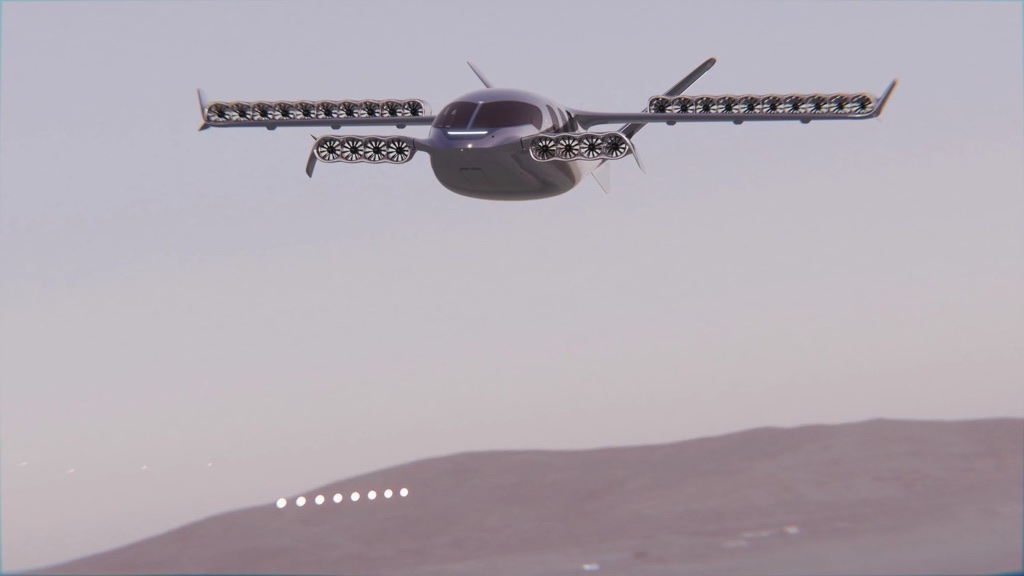
The Hydrogen Advantage
Hydrogen fuel cells offer several advantages over conventional battery-powered electric aircraft:
- Higher energy density: Hydrogen can store more energy per unit of weight than batteries
- Faster refueling: Hydrogen tanks can be refilled much more quickly than charging large batteries
- Longer range: The high energy density allows for extended flight times
- Reduced environmental impact: Hydrogen fuel cells produce only water vapor as a byproduct
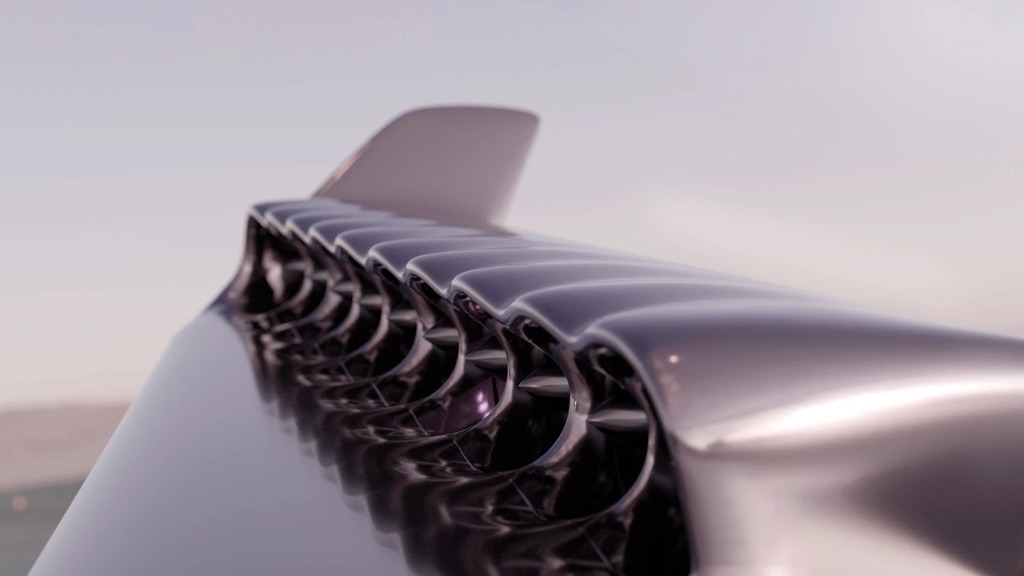
Technical Innovations
The CEO Jet incorporates several cutting-edge technologies:
- Advanced propulsion system: The 28 ducted fans provide efficient and quiet propulsion, enabling both vertical take-off and landing as well as high-speed cruise flight.
- Hydrogen fuel cell integration: Sirius Aviation claims their hydrogen powertrain is 70% ready and tested, suggesting significant progress in this challenging area.
- Aerodynamic design: The aircraft’s unique shape balances the requirements for VTOL capability and efficient high-speed flight.
Idea Table: Hydrogen Fuel Cell vs Battery Electric Aircraft
| Feature | Hydrogen Fuel Cell | Battery Electric |
|---|---|---|
| Energy density | Higher | Lower |
| Refueling/Recharging time | Faster | Slower |
| Range | Longer | Shorter |
| Infrastructure requirements | More complex | Simpler |
| Technology maturity | Less mature | More mature |
| Environmental impact | Water vapor emissions | Zero direct emissions |
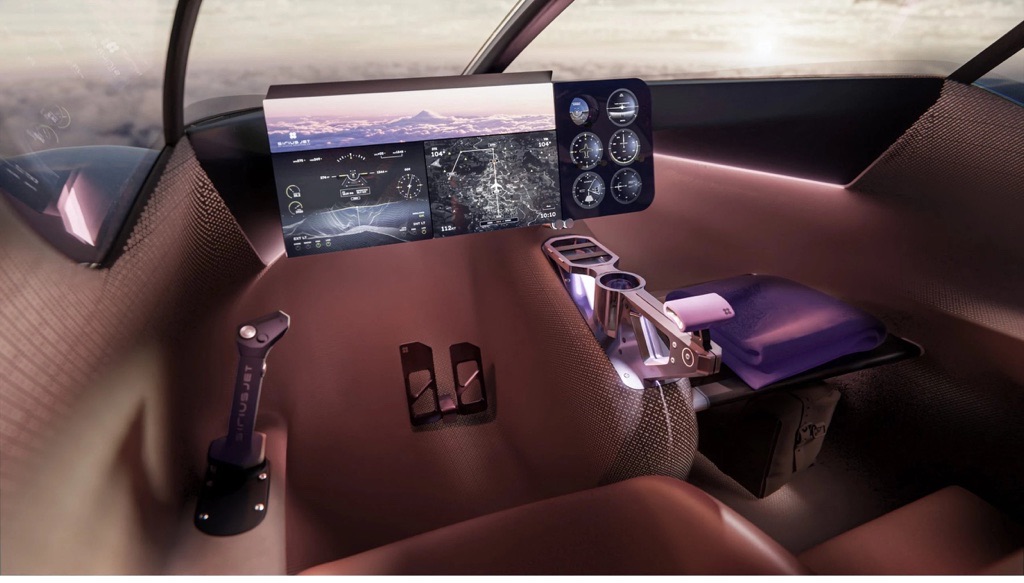
The Luxurious Interior
Sirius Aviation hasn’t skimped on passenger comfort and amenities in the CEO Jet:
- Sleek, minimalist design: The cabin interior blends futuristic aesthetics with practical functionality
- “Light portal” display: Provides passengers with real-time flight data and information
- Carbon footprint tracker: Allows environmentally conscious travelers to monitor their impact
- Perfume dispenser: A unique touch to freshen up passengers before landing
These features demonstrate Sirius Aviation’s commitment to creating a premium travel experience that goes beyond just transportation.
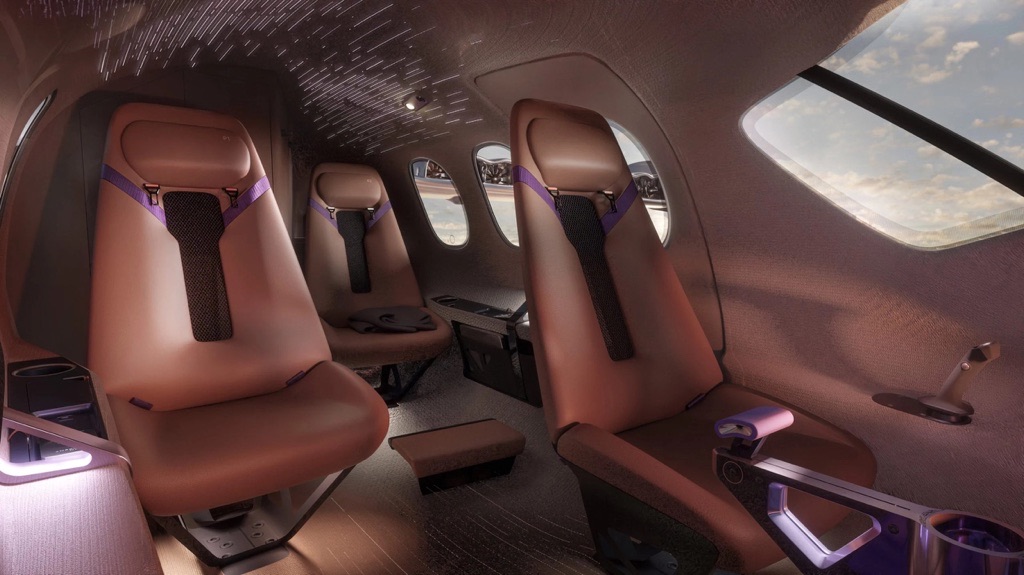
Challenges and Skepticism
While the CEO Jet’s potential is exciting, several challenges must be addressed:
- Regulatory hurdles: Aviation is a highly regulated industry, and new technologies face extensive testing and certification processes.
- Hydrogen infrastructure: The lack of widespread hydrogen fueling infrastructure could limit the aircraft’s initial adoption.
- Technology readiness: With the hydrogen powertrain only 70% ready, significant development work remains.
- Funding requirements: Bringing a revolutionary aircraft to the market requires substantial financial resources.
- Safety concerns: Ensuring the safe storage and handling of liquid hydrogen in an aviation context is crucial.
The Adventure Jet: Taking It Further
Sirius Aviation isn’t stopping with the CEO Jet. They’ve already teased their next concept, the Adventure Jet, which builds on the CEO Jet’s capabilities:
- Inflatable pontoons: Enable water landings, expanding operational versatility
- Hawk-eye cameras: Enhance situational awareness and potentially assist in navigation
- Dust covers: Protect the ducted fans in challenging environments
- Roof-rack shelter and off-grid tools: Cater to adventurers and remote operations
This concept demonstrates Sirius Aviation’s vision for expanding the applications of their hydrogen-electric aircraft technology beyond executive transport.
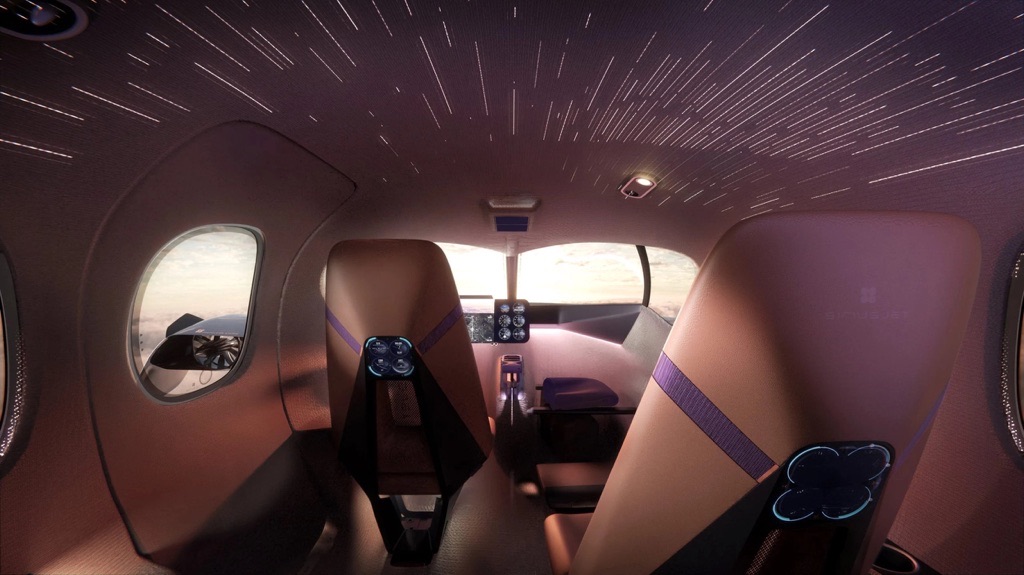
The Potential Impact on Electric Transportation
If Sirius Aviation can deliver on its promises, the implications for electric transportation could be significant:
- Reduced emissions: Hydrogen-powered aircraft could dramatically cut aviation’s carbon footprint
- Increased regional connectivity: Long-range eVTOL aircraft could make point-to-point travel more accessible
- Noise reduction: Quieter aircraft could allow for more flexible airport operations and reduced noise pollution
- Technological advancements: Innovations in hydrogen fuel cells could benefit other sectors of electric transportation
Conclusion: A Bold Vision for the Future
The Sirius Aviation CEO Jet represents an audacious attempt to push the boundaries of electric aviation. While healthy skepticism is warranted given the ambitious claims and technological challenges, the potential benefits of this technology are too significant to ignore.
As the electric transportation revolution continues to unfold, projects like the CEO Jet serve as beacons of innovation, driving progress and challenging our preconceptions about what’s possible. Whether Sirius Aviation can deliver on its promises remains to be seen, but its vision for the future of aviation is certainly compelling.
The coming years will be crucial as Sirius Aviation works towards its 2028 production target. If successful, the CEO of Jet could mark the beginning of a new era in sustainable air travel, proving that the sky’s the limit for electric transportation.
What do you think about the potential of hydrogen-powered aircraft? Do you believe Sirius Aviation can overcome the challenges and bring the CEO Jet to market? Share your thoughts in the comments below!
